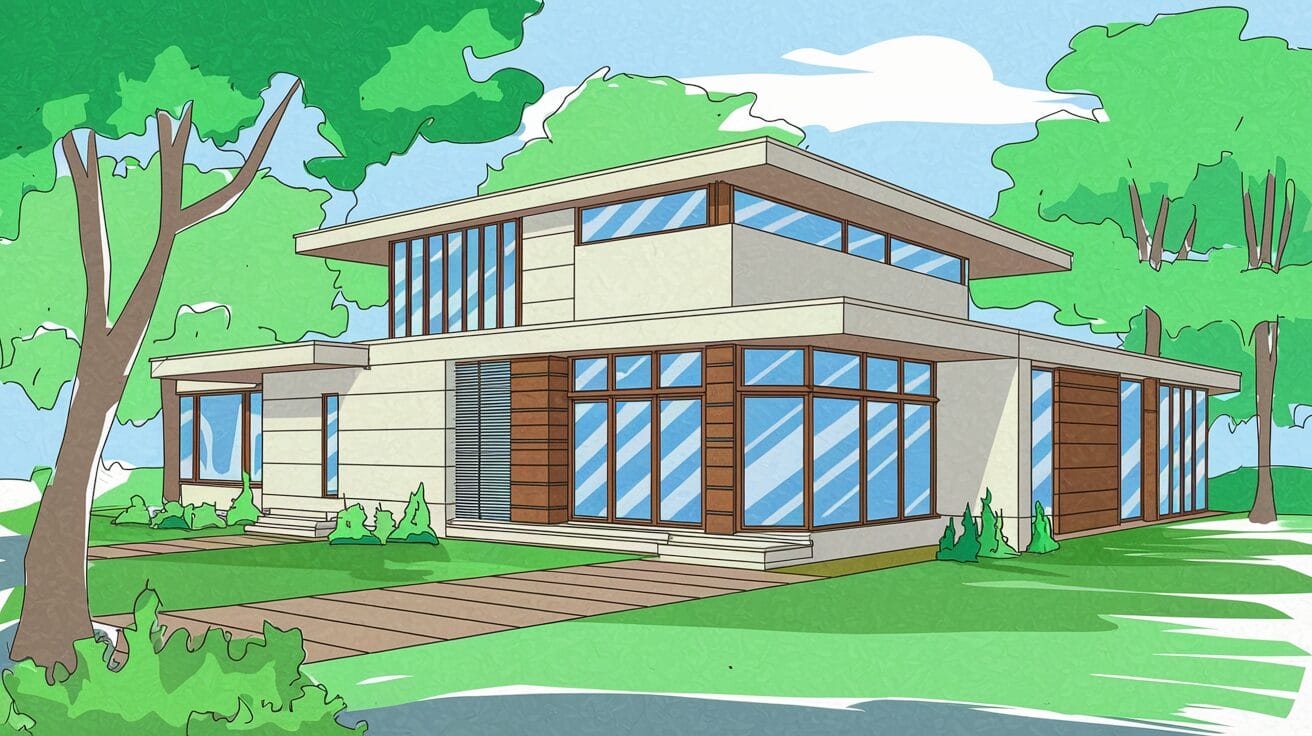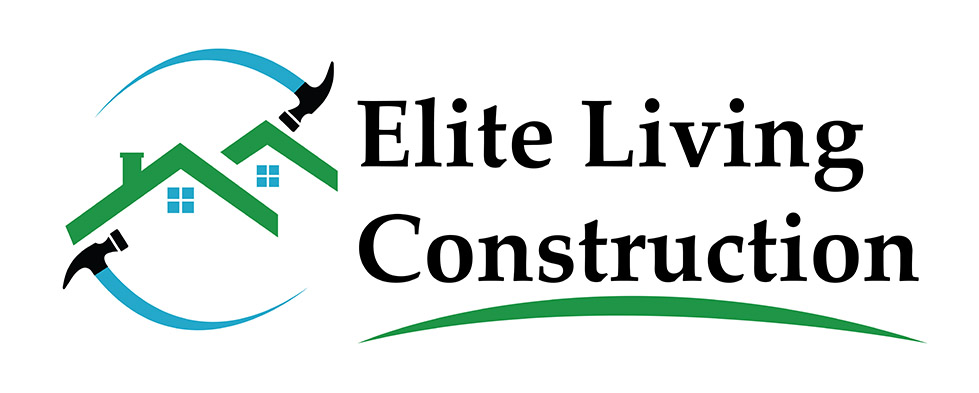
Contemporary architectural style is characterized by clean, simple lines and geometric forms such as rectangles, cubes, and cylinders. This approach aims to create a sense of order and balance, resulting in a modern and streamlined appearance. The design focuses on simplicity and functionality, blending aesthetics with practicality while avoiding unnecessary ornamentation.
Where Did Contemporary Architectural Style Homes Originate From?
Contemporary architecture emerged after the modern architectural period of the early 20th century and the postmodern era from the 1960s to the ’90s. Its roots can be traced back to Ancient Greek temples, which once represented contemporary architectural ideas. Today, buildings from the late 20th century to the present moment are considered examples of contemporary architecture.
Contemporary Architectural Style Characteristics
Contemporary architecture emphasizes innovative designs and features that focus on form, function, and sustainability. It often incorporates elements that break away from traditional and rigid designs, embracing openness and the integration of nature. Here are the exterior and interior features of contemporary architectural style:
- Exterior Features:
Asymmetry
Asymmetry creates visual interest and a unique facade, making contemporary buildings stand out with unconventional, eye-catching designs.
Curved Lines
Curved lines add a dynamic and modern feel, deviating from rigid, linear structures and softening the overall architectural look.
Rounded Forms
Rounded forms are used to soften the building’s appearance, giving it an organic, welcoming feel in contrast to the sharp angles often seen in traditional designs.
Free-Form Shapes
Free-form shapes contribute an artistic, sculptural element, blurring the line between form and function to create visually compelling and dynamic buildings.
Green Roofs, Living Walls
Green roofs and living walls integrate nature into the architecture, promoting sustainability and improving energy efficiency by enhancing insulation and air quality.
Sustainable Building Practices
Contemporary architecture emphasizes the use of eco-friendly materials, energy-efficient designs, and sustainable construction practices that reduce environmental impact and waste.
- Interior Features:
Open Floor Plans
Open floor plans are central to contemporary homes, creating a spacious and fluid interior layout that enhances light flow and offers adaptability for different uses.
Minimalist Interior Design
Minimalism is key, with clean lines, simple forms, and functional spaces. The focus is on practicality, with minimal decoration for a clutter-free and harmonious environment.
Large, Abundant Windows
Large windows maximize natural light, enhance views, and connect the interior with the exterior, fostering a seamless integration with the surrounding environment.
Where Are Contemporary Architectural Style Houses Most Common?
Contemporary architectural style is popular in many parts of the United States, These regions embrace modern and sustainable design principles, making contemporary homes a prominent feature in their housing markets.
- California
- Texas
- Washington
- New York
- Florida
At Elite Living Construction, our expert Laguna Niguel Home Remodelers specialize in bringing your Contemporary vision to life with meticulous craftsmanship and attention to detail. From traditional floorplans and sweeping staircases to finely crafted architectural features, we’ll create a space that seamlessly blends classic charm with contemporary functionality.



